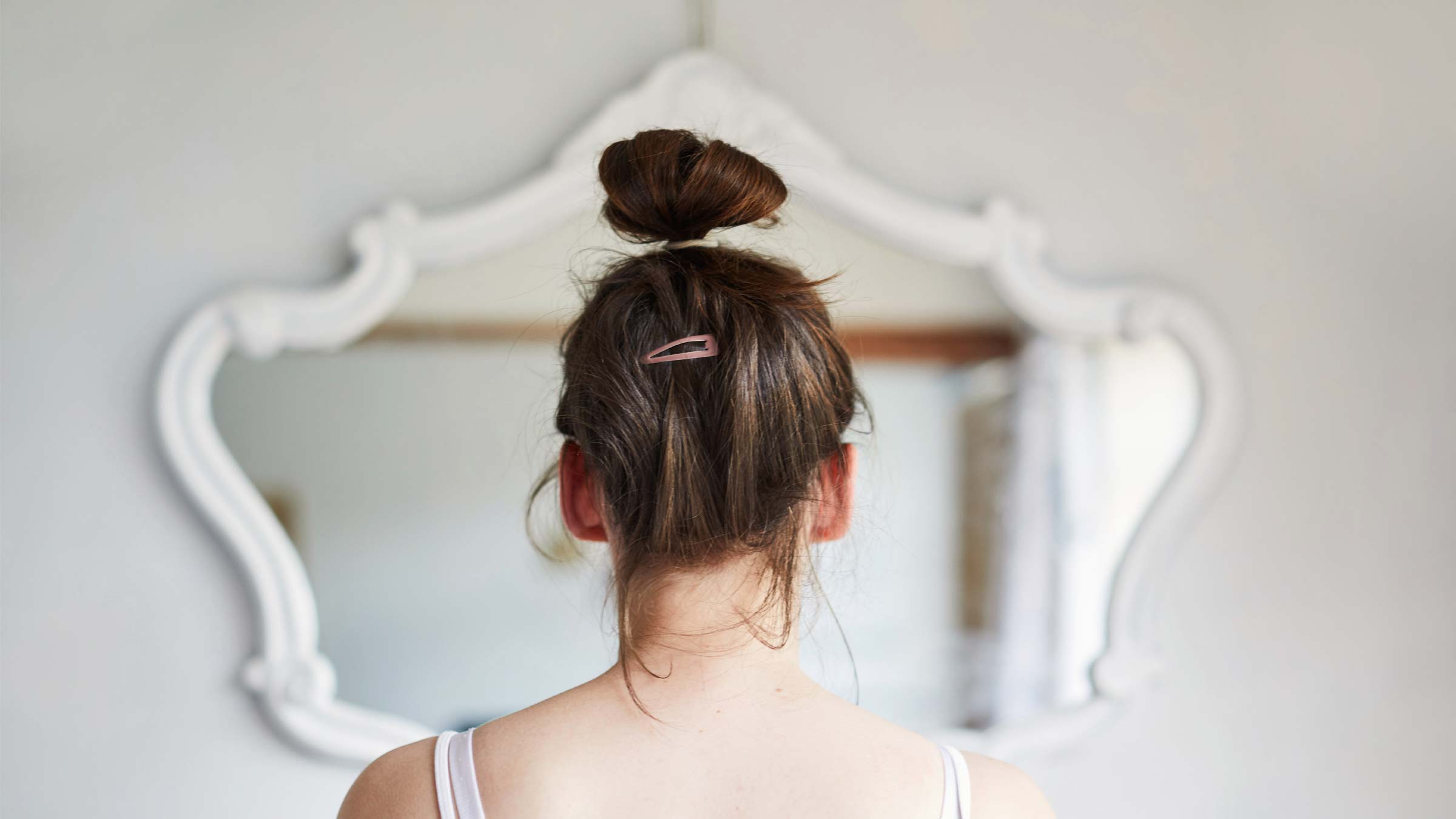
Sixty years after the first silicone breast augmentation in the United States was performed in Houston, Texas, it’s among the most popular cosmetic plastic surgery procedures, perennially ranking among the top three most common. And the good news is that augmentation has become safer, easier and more effective than ever. If you’ve wondered about breast augmentation, here are some important things to consider.
Is breast augmentation the right choice for you?
The first step in consultation in my practice is to discuss what the patient wants and why. While breast augmentation is extremely safe and complications are very rare, it’s a real surgery with the risks that come with any invasive surgery. I tell prospective patients, “It should always be for you” — never because a partner wants it or in hopes of attracting a certain partner.
For most people, it comes down to a simple wish to feel better about their bodies. I became interested in aesthetic plastic surgery in college, after studying psychology research that delved into the evolution of ideas about beauty and sexuality.
And I love what this work can do for a person’s self-confidence: If you look in the mirror in the morning and you like what you see, it can change your whole attitude — if you have more confidence, you feel better about yourself.
Are there other health risks with breast augmentation?
With prospective patients, I discuss factors such as the family history of cancer and whether the patient intends to become pregnant. While it’s perfectly safe to become pregnant and to breastfeed with an implant, patients need to understand that pregnancy and nursing could affect how their breasts look. The changes with pregnancy could require them to undergo another procedure to return their breasts to the look they want after pregnancy and nursing.
It's also safe to have mammograms and other cancer screenings with implants, but patients with a lot of risk factors for breast cancer should be thoroughly screened before their surgery and should continue to screen the implant afterward. The Food and Drug Administration has clear post-augmentation screening requirements that are discussed thoroughly during consultation.
There are hard-and-fast rules: People who smoke or who have uncontrolled diabetes shouldn’t have breast augmentation surgery or any elective cosmetic surgery. We also generally require a body mass index (BMI) of less than 40, but because every body is different, there can be exceptions to that rule.
Choosing the right implant for breast augmentation
Some people ask if there’s a difference between breast augmentation and breast implants. The answer is simple: Breast augmentation is the general term for procedures that enhance the size of the breast. Breast implants are simply the synthetic devices that are implanted. Choosing the right implant involves more than deciding between materials; having the right size, width and profile also are important to achieving a natural appearance.
Both saline and silicone implants are made with an outer shell of silicone. Saline implants are filled with sterilized salt water after they’ve been inserted. Silicone implants come already filled with a gel-like fluid that many people believe feels more like human fat.
The newest generation of implants are made with cohesive silicone gel — a denser, firmer substance often compared to gummy-bear candies. They’re designed to be firm enough to avoid being pulled down by gravity and eventually distorting the breast shape, but soft enough to feel natural.
The implant needs to fit the patient in size. Too large an implant can result in deformity from trying to fit too much material in too small a space; it also could stretch the skin of the breast and be impossible to position correctly on the chest.
What are possible side effects from breast augmentation?
Bodies typically form scar tissue around any kind of implant, cosmetic or medical. On rare occasions after breast augmentation, the “capsule” of scar tissue becomes unusually hard and contracts around the implant. Capsular contracture can have no symptoms or visible effect or, in more severe cases, can lead to an abnormal appearance or pain.
Capsular contracture can happen for a variety of reasons, including the body’s response to implant rupture or bacterial biofilm that becomes attached to the implant during insertion. We take multiple steps in surgery to prevent biofilms and have seen a drastic decrease in contracture rates.
“Breast implant illness” is a term applied to a wide-ranging group of symptoms that’s extremely rare but experienced by some patients after breast augmentation. The condition isn’t officially recognized as a diagnosis, and researchers are just beginning to study it. Many believe it’s an autoimmune/inflammatory response because symptoms, such as fatigue, joint pain, brain fog and rash, are similar to those of other autoimmune diseases. In many, but not all, cases, removing the implants causes the symptoms to go away.
What questions should you ask your plastic surgeon when considering a breast augmentation?
It’s important to have a clear goal of what you’re trying to achieve with the shape and size of your breasts. Photos can also help start a conversation about what is and what isn’t possible.
You should ask your surgeon how they decide what size implant to use and what’s the safest option for you. It’s also important to make sure that you’re seeing a board-certified plastic surgeon to ensure that your surgery is as safe as possible.
A reputable plastic surgeon will never push anyone to have a breast augmentation. It’s a personal decision you’re going to make. For me, the ability to help someone feel good and look good is a very special privilege.
What to expect during a breast augmentation and during recovery
Breast augmentation is not a very painful surgery for the majority of patients. The whole procedure takes around an hour to complete and you are discharged home. In my practice, we strive for a rapid-recovery breast augmentation, meaning that we want our patients to feel good and be back to their normal daily activities within 24 to 48 hours. You’re able to shower the next day.
For pain control, we almost exclusively use over-the-counter pain medications, like Tylenol. I have my patients resume light cardio exercise at two weeks, regular cardio with light weights at four weeks and full weight training and activity at six weeks.
Ultimately, breast augmentation is a personal decision.
Like any aesthetic surgery, breast augmentation isn’t for everyone. The benefits are psychological. Helping my patients feel good about themselves and confident in who they are is something I find rewarding.

Look and feel your best
Ohio State’s team of board-certified plastic surgeons are highly experienced in breast augmentation, breast lifts and breast reductions
Request an appointment




